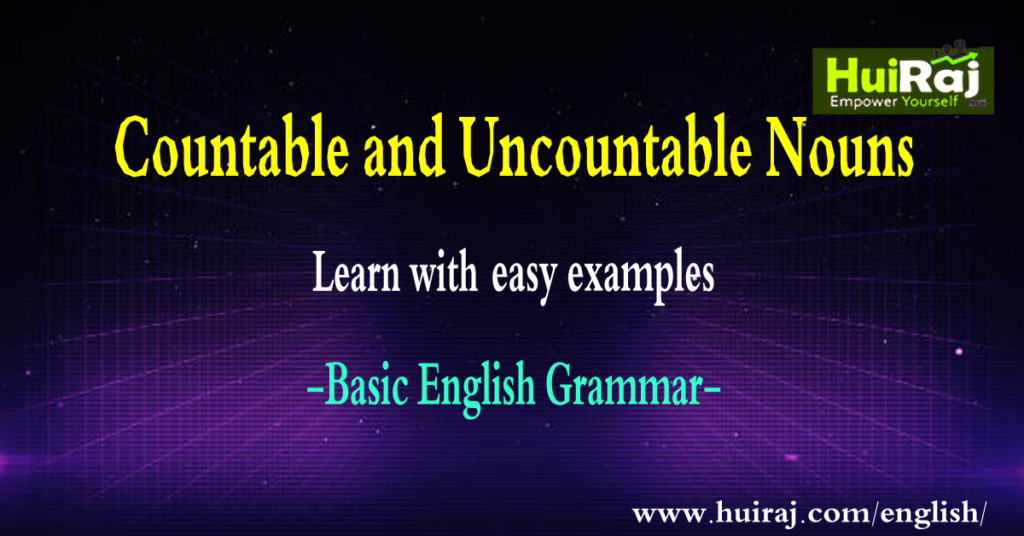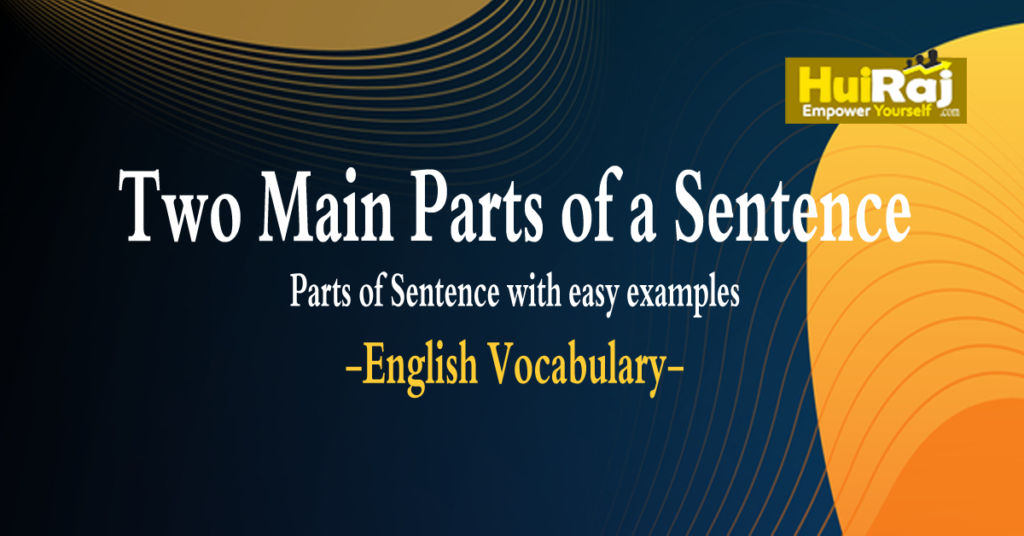Present Simple Introduction (Intermediate Level)
You must have learned in (Step-12) Present Simple that we use only the base form (=simple form) of the verb in the Present Simple Tense. Here we learn more about the Present Simple Tense with all the rules. Study the following sentences:
- They go to the office regularly.
- Farmers work very hard.
- We pray to god.
The verbs in the above sentences have been used in their simple forms. We have added nothing to the base forms, nor have we changed them in any way. However, if the subject of the sentence is in the third person singular number (he/she/it/the boy/Advaith/etc), we add ‘-s or –es‘ to the base of the verb.
Present Simple tense as the Affirmative sentences.
For example :
- He/She/Ram/Shaym goes to school everyday.
- A farmer works very hard.
- He/She/Ram/Shaym prays to God
Note: if a verb ends with “y” having a vowel (a,e,i.o,u) before it, we usually add an ‘-s’ in the third person singular. See the examples below.
- Say=says
- lay=lays
- buy=buys.
In other cases ‘y’ changes to ‘-ies’. See the examples below.
- dry=dries
- try=tries
- fly=flies
- Cry=cries
The following table will tell you how the simple present tense is used in negative and question sentences.
Present Simple tense as the Negative Sentences.
| Verb | Affirmative | Negative |
| Main– Verb | I write. He writes. | I do not write. or I don’t write. He does not write. or He doesn’t write. |
| Be– Verb | I am a singer. He/She is a singer. | I am not a singer. He is not a singer. |
| Have– Verb | You have a bicycle. He has a bicycle. | You have not a bicycle. or You do not have a bicycle. He has not a bicycle. or He does not have a bicycle. |
Present Simple tense as the Interrogative, and Negative and Interrogative sentences.
| Verb | Affirmative | Question | Negative Question |
| Main– Verb | I write. He writes. | Do I write? Does he write? | Do I not write? Or, Don’t I write? Does he not write? Or, Doesn’t he write? |
| Be– Verb | I am a singer. He/She is a singer. | Am I a singer? Are you a singer? Is he/she a singer? | Am I not a singer? Are you not a singer? Or, Aren’t you a singer? Isn’t he/she a singer? |
| Have– Verb | You have a bicycle. He has a bicycle. | Have you a bicycle? Has he a bicycle? | Have you not a bicycle? Or, Haven’t you a bicycle? Has he not a bicycle? Or, Hasn’t he a bicycle? |
RULES OF PRESENT SIMPLE
PRESENT SIMPLE RULE-1
Very often we use the Present Simple tense to talk about things we do again and again as a habit. To indicate how often we do the work, we use adverbs such as always, very, often, and most often, usually, sometimes, never, etc. with the Simple Present tense.
For examples:
- They go office every day.
- He sometimes comes to my place.
- Most often they go for a walk in the evening.
- My mother never eats fish.
PRESENT SIMPLE RULE-2
We use the Present Simple tense to talk about laws of nature, and general or scientific truth.
- The sun sets in the west.
- Lions live in the forest.
- The sun rises in the east
- Water boils at 1000 C.
- Light travels very fast.
PRESENT SIMPLE RULE-3
We use the Present Simple to talk about the present or permanent state/Fact.
- I am hungry.
- My brother works in a bank.
- Her sister has a car.
- I come from Kasmir.
- Chhattisgarh is to the north of Orissa.
PRESENT SIMPLE RULE-4
We use the present Simple while giving running commentaries of sports events or describing the process of something while it is happening.
- Ramesh bowls the ball to Kunal—Kunal hits the ball into the air.
- Rohit runs to catch it, but no, he drops the catch and Kunal gets four runs.
- Karina breaks an egg and adds salt to it. She puts a pan on the stove and when the pan is hot, she pours the egg into it and makes an omelet.
In the above example, you will notice that the actions or events take place in a very short moment. The beginning and the end of the action happen almost at the same time.
PRESENT SIMPLE RULE-5
The Present Simple tense is also used to talk about a planned future action. In such cases, we always use a future time adverb like tomorrow, next month, next Sunday, etc to indicate the future meaning.
- The Chief-minister arrives here the day after tomorrow.
- Our school opens next Monday.
You will learn more about this use late while learning about the future time or the future in Step-61.
Present Simple Exercise-1
Fill in the blanks with the Present Simple form of the verbs in the brackets.
- Trees ______ (grow) well in the rainy season.
- I ______ (eat) meal twice a day.
- Ronika______ (not eat) fish at all.
- Radhika______ (be) a student.
- She ______ (understand) Spanish well.
- Kartik ______ (sell) vegetables.
- What you ______ (do) at office?
- Sound ______ (travel) slower than light.
- It almost ______ (not rain in winter).
- My grandfather ______ (love ) me very much.
- His handwriting_______(good).
- He _______(speak) very fast.
Present Simple Exercise-2
In the following passage, Rani writes about her daily life. Fill in the blanks with the verbs she has missed out.
I ______ (get) up early everyday, I ______ (brush) my teeth and ______ (have) my bath. I _____ (take) a quick breakfast. I usually ______ (prefer) some biscuits. Soon after I______ (sit) down to do my homework. ______ (not want to be punished at school. So I ______ (set out ) early to reach school in time.
Present Simple Exercise-3
Write 20 sentences telling what you do daily.
“The amount of time we spend believing we can’t is more than enough time to learn how you can.”
www.huiraj.com


